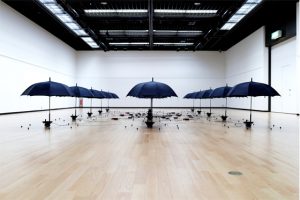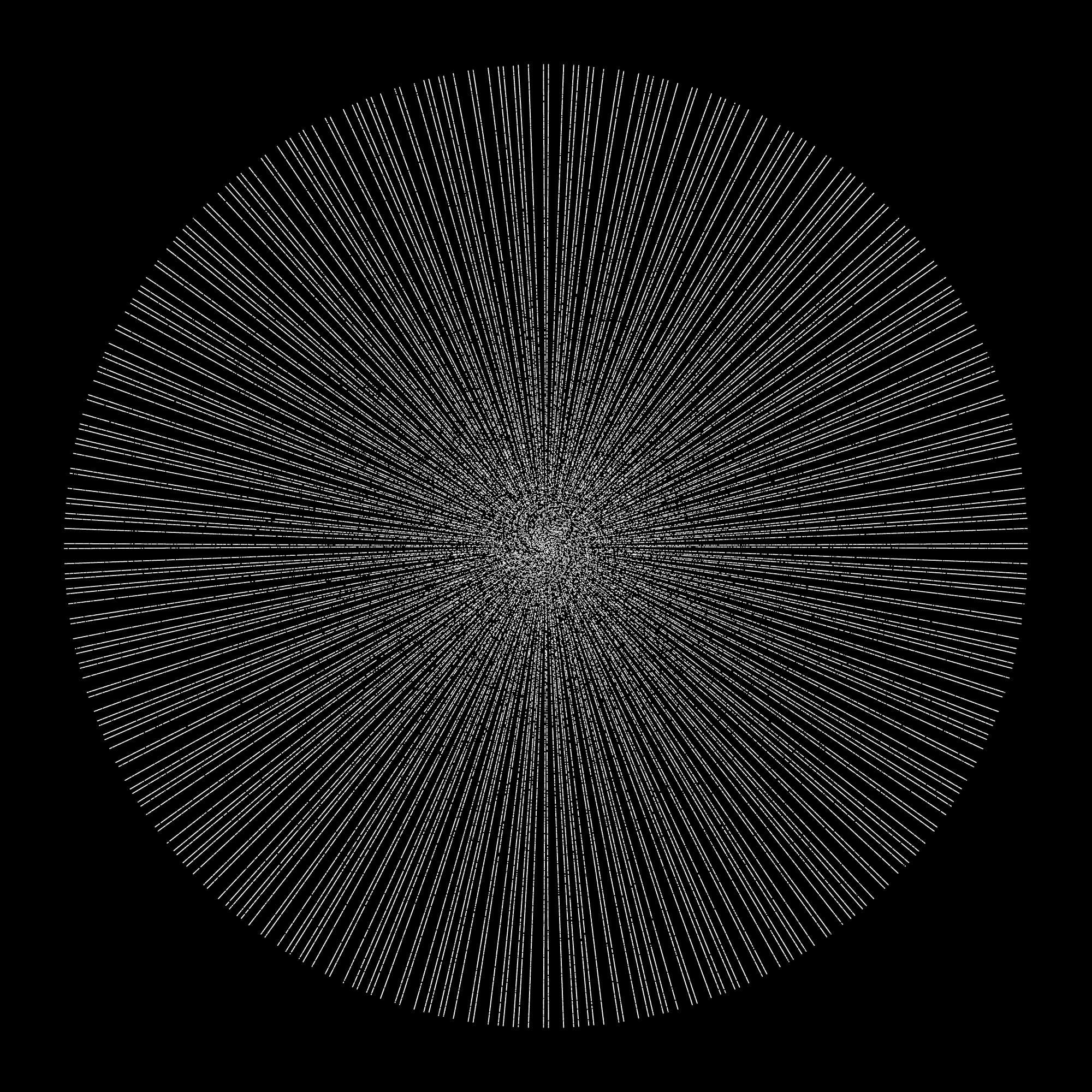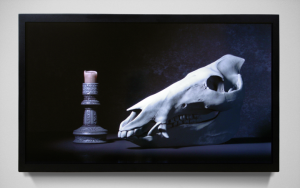Please visit this link to interact with the piece: http://www.patatap.com/
Here’s what one user created with Patatap:
Patatap, by Jono Brandel and Lullatone.
Patatap is a “Portable Animation and Sound Kit.” It is accessible to anyone on a web browser, and invites the user to become interactive with sound by creating their own sound combinations. The algorithm works by randomly assigning sounds to keys on the keyboard. The user can hit a key, and a corresponding sound and visual will generate. Once the user hits the space bar, new sounds and visuals are assigned to each of the keys on the keyboard, and a new background color sets the mood. While the algorithm uses randomization to assign the sounds and visuals, it selects these sounds and visuals from a set list. For example, oscillating sin wave symbols repeat in the visuals, as well as varying geometric shapes and colorful polka dots. This algorithm allows for the artists’ artistic sensibilities to be manifested in the piece’s final form because it makes interaction with sound art accessible to any user. It is beautiful, with its simple but varying shapes and pastel colors, and its simple but compelling range of sounds. I really like this piece because it is really fun to play with, it changes every time you hit the space bar (stays interesting), and gives me a new way to interact with sound.
![[OLD – FALL 2016] 15-104 • COMPUTING for CREATIVE PRACTICE](../../../../wp-content/uploads/2020/08/stop-banner.png)




